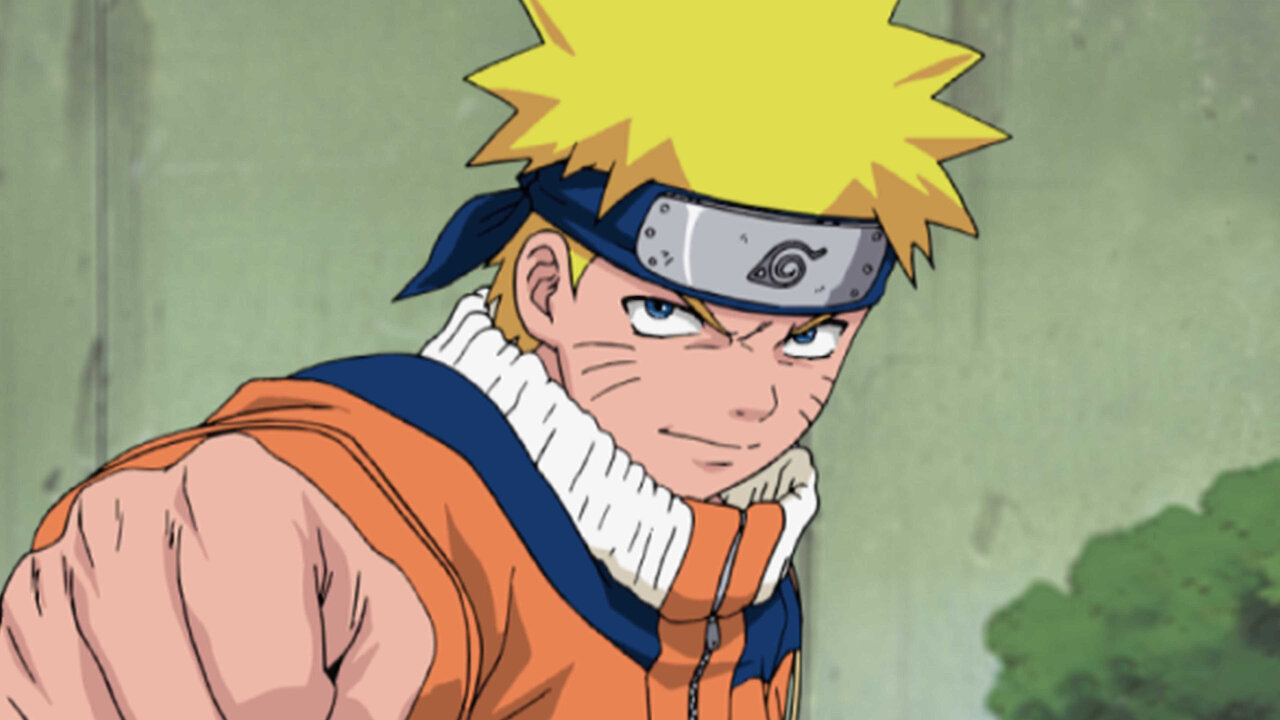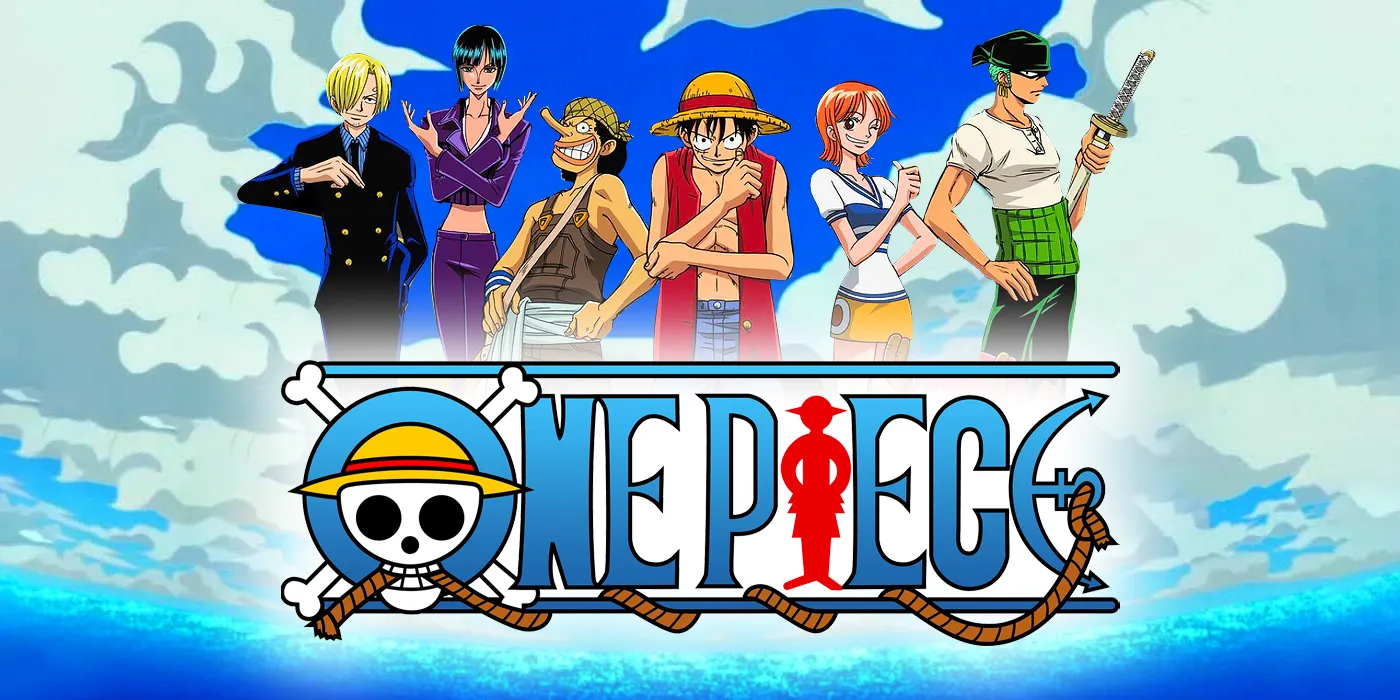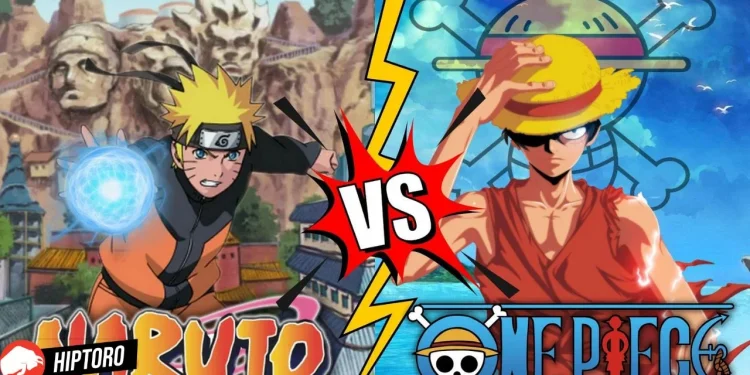Anime enthusiasts often debate the merits of their favorite series, and two names that inevitably crop up are Naruto and One Piece. Both juggernauts in the Shonen universe, they have not only carved a niche for themselves due to their mesmerizing narratives but also because of their intriguing villains. These antagonists, often with deep-seated motivations and perplexing moral compasses, keep viewers glued to the screen.
Peeling Back the Layers: The Intricacies of Villainous Motivations
A villain’s past often provides a roadmap to their present actions, and both Naruto and One Piece have extensively mined this narrative tool. In the ninja world of Naruto, antagonists like Sasuke and Pain are often driven by personal tragedies and vendettas. Sasuke’s vendetta, rooted in his family’s tragic past, serves as an anchor for the story, intertwining his fate with that of the series protagonist, Naruto Uzumaki.
Meanwhile, One Piece adopts a slightly different approach. Here, villains such as Doflamingo and Blackbeard are embodiments of broader themes. Doflamingo’s thirst for dominance is intrinsically linked to his lineage as a Celestial Dragon, and Blackbeard’s pursuit of the ultimate power gives a nod to the overarching theme of ambition in the series.
“Itachi Uchiha is one of the most complex in Naruto,”
the narrative reminds us, pushing viewers to reassess their notions of morality. Here’s a character that at first glance seems malevolent but is later revealed to be driven by a desire for peace, albeit through drastic measures.

The Road to Redemption: From Antagonists to Allies in Naruto vs. One Piece
There’s nothing quite as gripping as a well-executed redemption arc, and both Naruto and One Piece have given fans several of these roller-coaster rides. One Piece’s Nico Robin, initially an enigma with questionable allegiances, eventually finds solace with the Straw Hat Pirates, transforming from a potential threat to a cherished ally. The same can be said for the lovable Bon Clay, who stands as a testament to the power of friendship.
But it’s Naruto that takes this concept and magnifies it several-fold. Characters such as Gaara and Sasuke not only find redemption but also play pivotal roles in the overarching narrative.
“The list of characters who underwent a redemption phase in Naruto is far more intricate than One Piece,”
indicating a more profound exploration of this theme in the former.

Moral Ambiguity: Not All Black and White
One of the standout features of modern Shonen series is the avoidance of one-dimensional villains. Both One Piece and Naruto revel in the grey areas of morality.
Doflamingo, despite his undeniable cruelty, is a product of his past, forcing fans to ponder how much of his villainy is innate and how much is circumstantial. Similarly, Itachi’s actions, which initially paint him as a heartless villain, later uncover a man burdened by impossible choices. Naruto’s Pain and his quest for peace through unconventional means serve as another stark reminder of the intricate tapestry of right and wrong woven by these series.
Whitebeard VS Madara#onepiece #NARUTO #ONEPIECE1095 pic.twitter.com/kSntwszb4I
— MD Pamel (@Md191195711) October 10, 2023
Concluding Thoughts: The Power of Narrative Complexity
The portrayal of villains in Naruto and One Piece is a testament to the storytelling prowess of their creators. By delving deep into their psyches and often blurring the lines between good and evil, these series offer a more nuanced viewing experience. Whether it’s through heartbreaking backstories, redemption arcs, or moral dilemmas, these Shonen giants remind us that even in the world of fiction, things are rarely just black and white.










